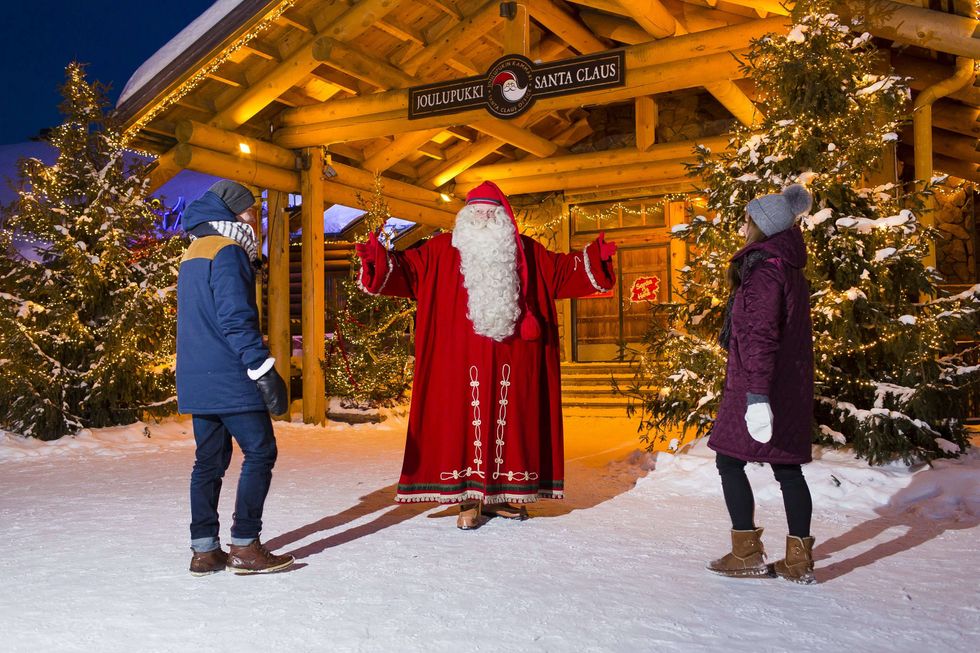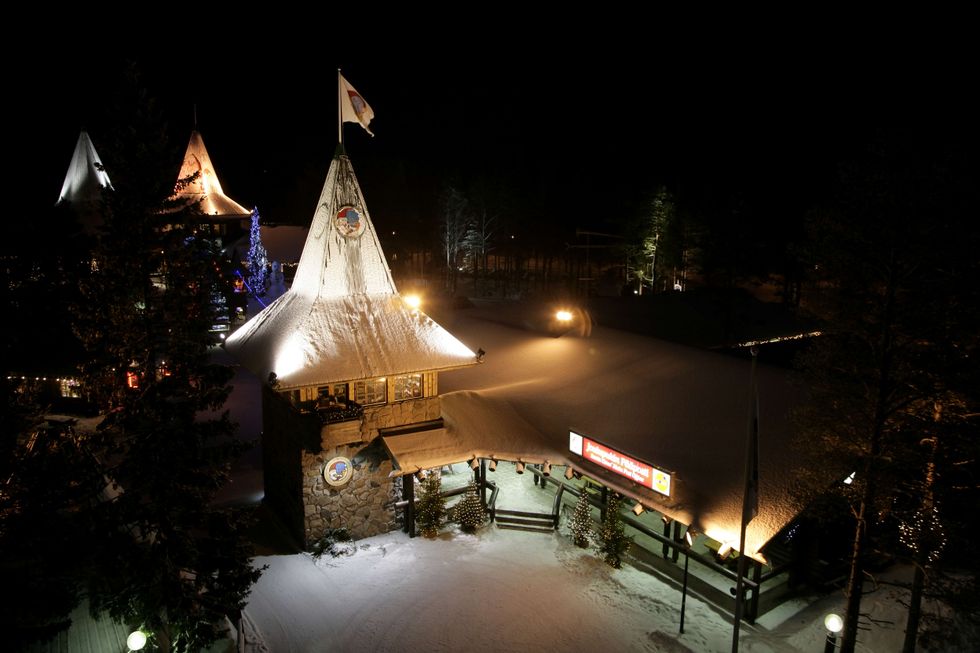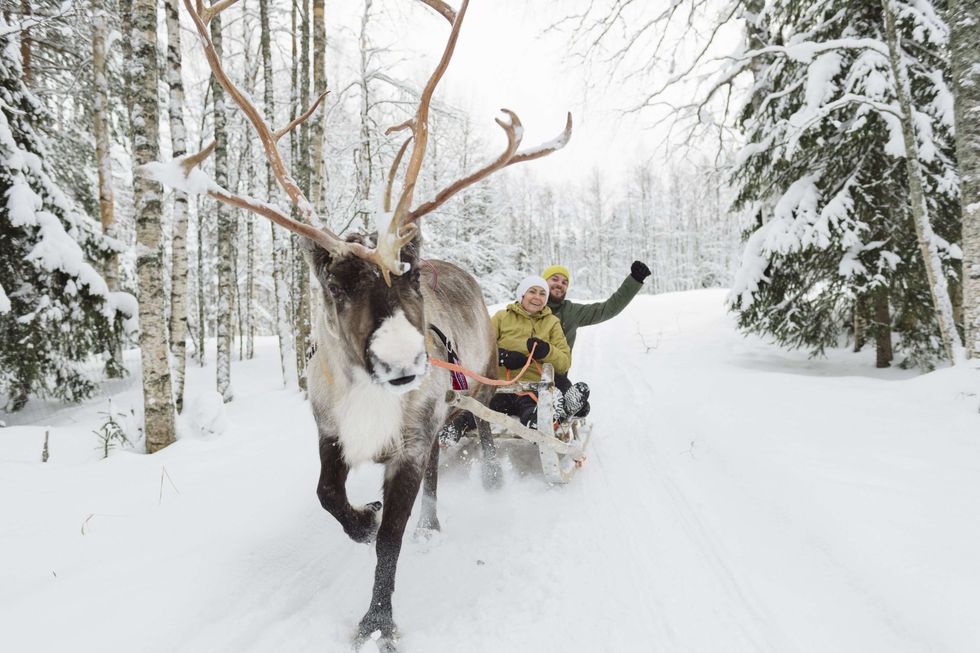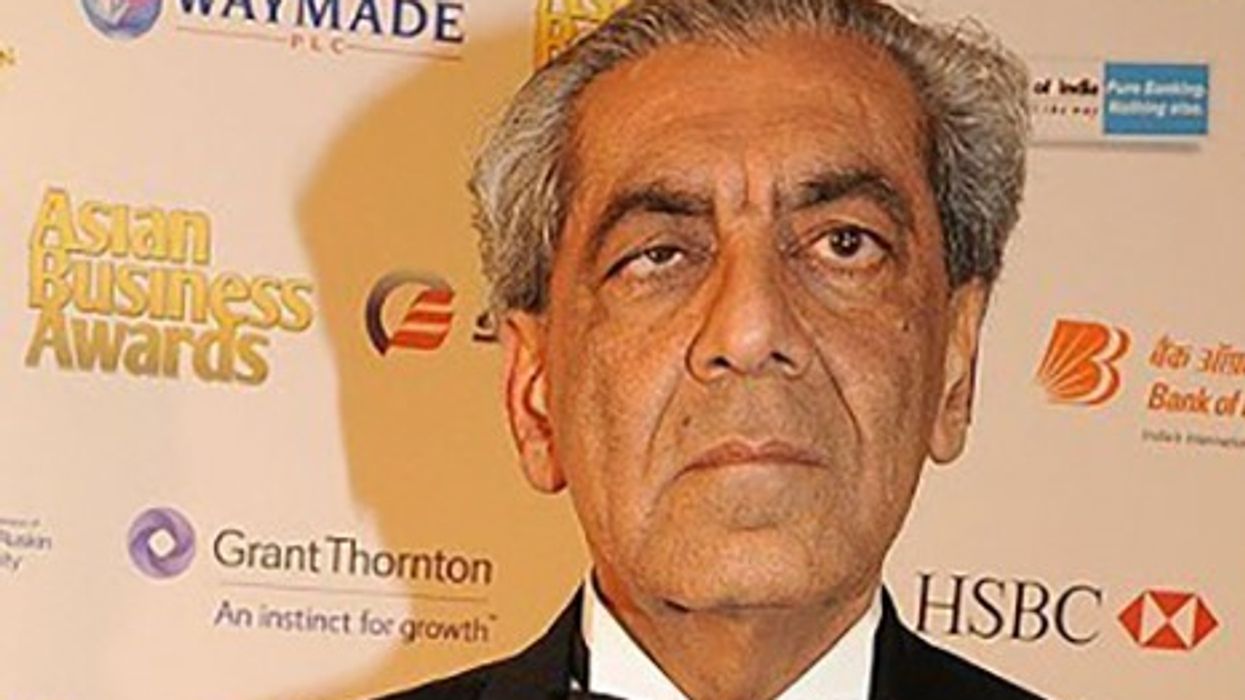Myanmar reported its first coronavirus death -- a 69-year-old man who returned to the country in mid-March after receiving cancer treatment in Australia.
The country of 54 million people, with one of the region's weakest health care systems, only confirmed its first case last week.
The World Bank has warned "an unprecedented global shock" that could also increase poverty across Asia as the economic fallout from the pandemic could bring China's growth to a standstill.
Chinese factory activity saw surprise growth in March as businesses grind back to work following a lengthy shutdown, but analysts said the economy faces a challenging recovery as external demand is devastated by the virus crisis.
Chinese health officials said that they will start reporting asymptomatic cases in their daily tally from Wednesday (1). Infected people who are asymptomatic will have to go into quarantine for 14 days, as will their close contacts, they said.
Hundreds buried in Jakarta
The governor of the Indonesian capital Jakarta said nearly 300 suspected and confirmed victims of the virus had been wrapped in plastic and quickly buried since the start of this month.
He has been pushing for a total lockdown of Jakarta, a move resisted by the president. His warning fuelled fears that Indonesia's death toll is higher than the official figure of 122.
Japan tightens travel advice
Japan is advising its citizens to avoid travelling to 73 countries and regions worldwide in a bid to halt the spread of the virus.
People are also being warned against non-essential travel to all other parts of the world, Foreign Minister Toshimitsu Motegi said.
Markets bounce back
Asian equities rose strongly following another rally on Wall Street, while oil bounced and traders welcomed a surprise jump in Chinese factory activity -- although analysts cautioned that the road ahead remained rocky for the global economy.
Global markets have suffered historic falls in recent weeks as the virus batters economies worldwide.
Protest in Sri Lanka
Sri Lanka's minority Muslims Tuesday slammed the authorities for cremating against their religious rites a fellow Muslim who became the island’s first novel coronavirus victim.
The Sri Lanka Muslim Congress (SLMC) political party said the 63 year-old victim identified only as Jamal was cremated on Monday night shortly after his death at a state hospital.
The party accused authorities of "callous disregard" for religious sentiments and the wishes of the victim's family.
It said the action would discourage Muslims -- around 10 percent of Sri Lanka's population of 21 million -- to seek medical treatment for "fear of possible cremation" if they die from a COVID-19 infection.
The pandemic has infected 142 people and claimed two lives in Sri Lanka.
New Delhi gathering
A large gathering at an Islamic religious center in New Delhi has become one of India's major virus hotspots after several deaths and dozens of COVID-19 infections were linked to the event.
Some of the thousands who flocked to the religious centre in Delhi's Nizamuddin West neighbourhood returned to their states after the meeting, but many remained nearby, saying they were trapped because public transport had been shut down due to the virus.
Police escorted buses carrying more than 1,000 people from the area to be quarantined, Delhi Health Minister Satyendar Jain told reporters Tuesday. However 335 of those were admitted to hospital, the official said.
The narrow streets near the religious centre were taped off Monday and Tuesday by personnel in hazmat suits.
Bangladesh extends holiday
The government has extended public holidays from April 4 to April 11 in an effort to stem the COVID-19 pandemic, a junior minister told reporters. Bangladesh will be virtually locked down during the period, with only food, medicine and export lorries being allowed to move.






 The encounter made the cottage feel like a genuine home rather than an attractionvisitrovaniemi
The encounter made the cottage feel like a genuine home rather than an attractionvisitrovaniemi At the Santa Claus Office, visitors queue for a chance to speak with himvisitrovaniemi
At the Santa Claus Office, visitors queue for a chance to speak with himvisitrovaniemi a simple gesture that becomes a cherished keepsakevisitrovaniemi
a simple gesture that becomes a cherished keepsakevisitrovaniemi Visitors can send postcards with a special Arctic Circle postmarkvisitrovaniemi
Visitors can send postcards with a special Arctic Circle postmarkvisitrovaniemi A gentle reindeer ride offers a slow and calming journeyvisitrovaniemi
A gentle reindeer ride offers a slow and calming journeyvisitrovaniemi






